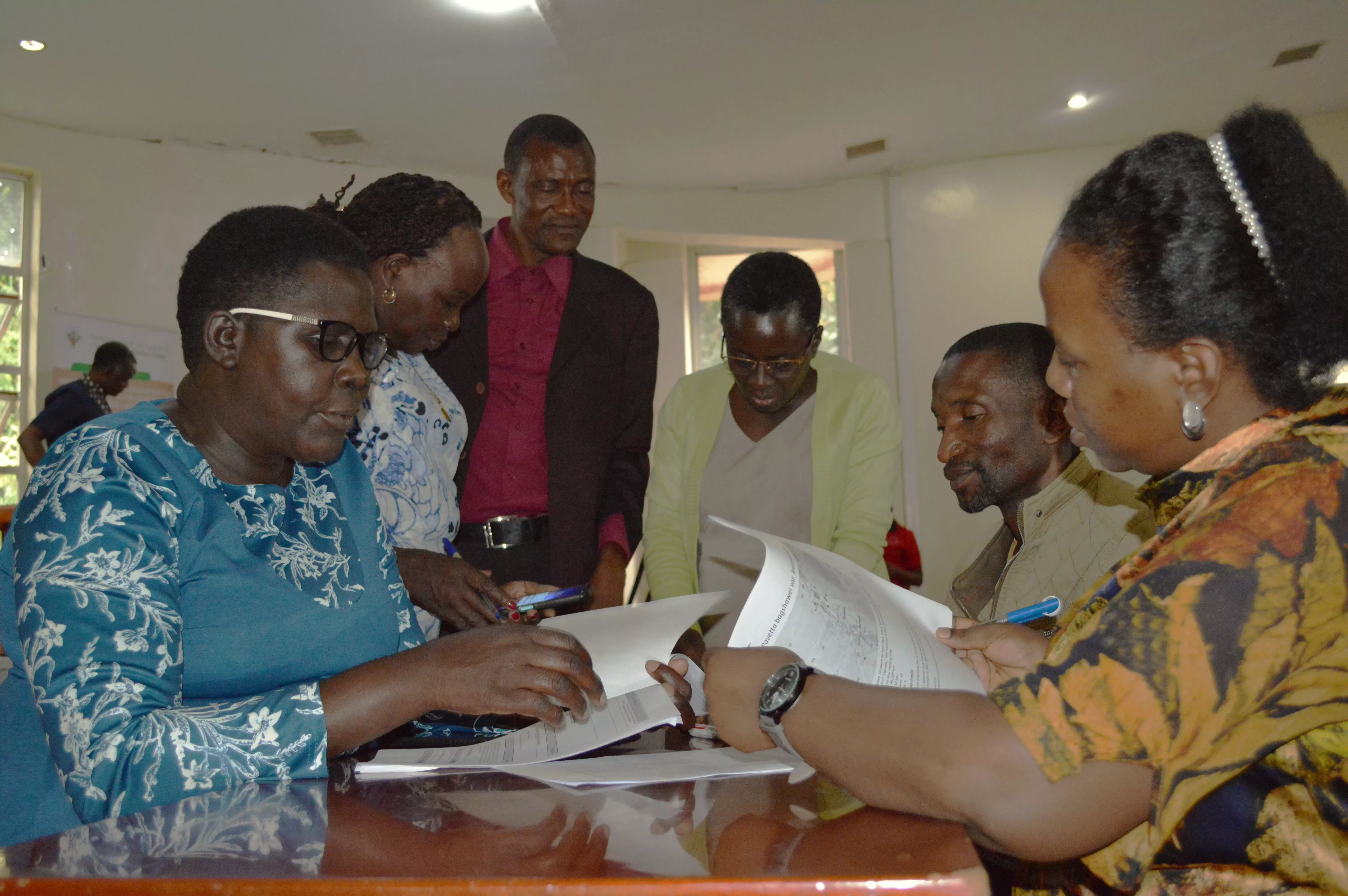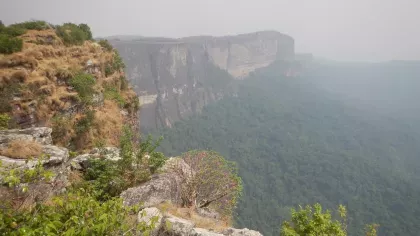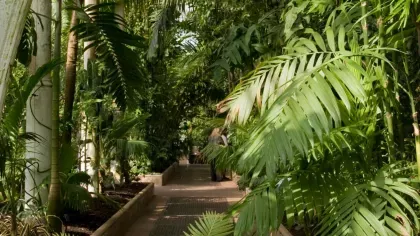27 May 2023
Uganda's botanical riches: expedition in the forest
As part of the Uganda Tropical Important Plant Areas project, we had the exciting opportunity to collect and study the hugely diverse plants of five protected areas: Semuliki National Park and Itwara, Kagorra, Kalinzu and Kasyoha-Kitomi Central Forest Reserves.

Semuliki National Park is the lowest altitude forest in Uganda, situated in a unique position in the shadow of the Ruwenzori mountains on one side and the Democratic Republic of Congo on the other.
The forests across the border in D.R. Congo are hard to survey due to safety issues and so researching Semuliki gives a rare insight into this unique ecosystem. While terrain here is relatively flat, navigating the crater-like footprints left by forest elephants made trekking more difficult!
We saw a wide range of beautiful (and many strange) plants. Some recognisable, the elegant flowers of begonias and orchids for example, and many unlike anything we’d grow in our gardens back home!
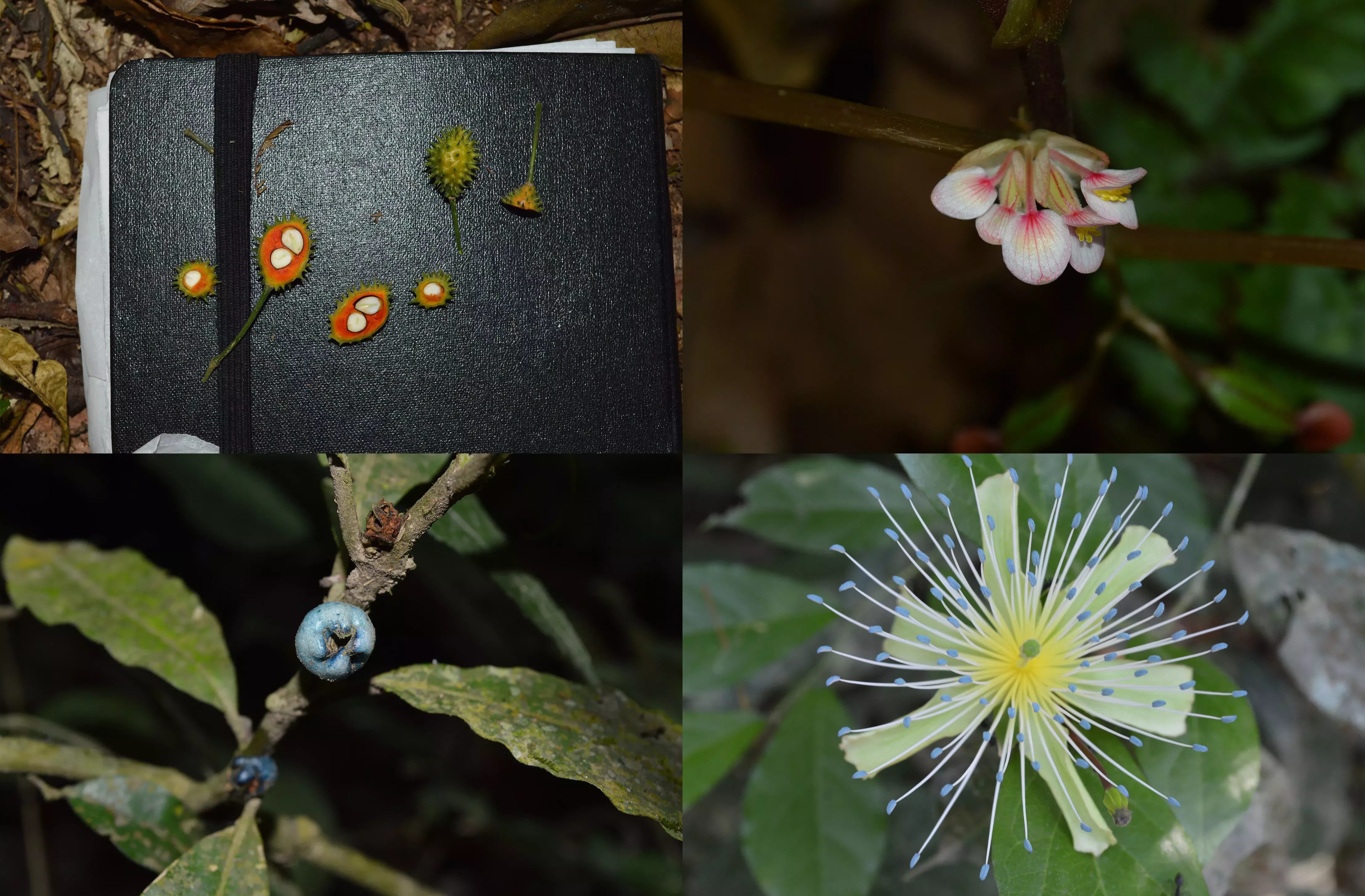
This visit to Semuliki was just one of five forest locations our team journeyed to in February 2023, on the quest to obtain new valuable data in support of our Uganda Tropical Important Plant Areas initiative (TIPAs). While Semuliki falls to around 600m above sea level, we surveyed forests nearly 1000m above this in the Kalinzu Forest and crossed the equator twice on our travels.
At all of the sites, we collected plants to be pressed, dried and stored in herbaria with material divided between Makerere University Herbarium in Kampala, Kew Herbarium in London, and the East African Herbarium in Nairobi.
We need these herbarium specimens to work out which species are growing at the site. The time constraints, difficult conditions and need for equipment and reference materials makes identification in the field difficult. Having physical specimens and associated data (location, frequency, habitat for example) not only helps with identification but also allows for further study. DNA sequencing, conservation, ecological research and taxonomic revisions are all made possible by this work.
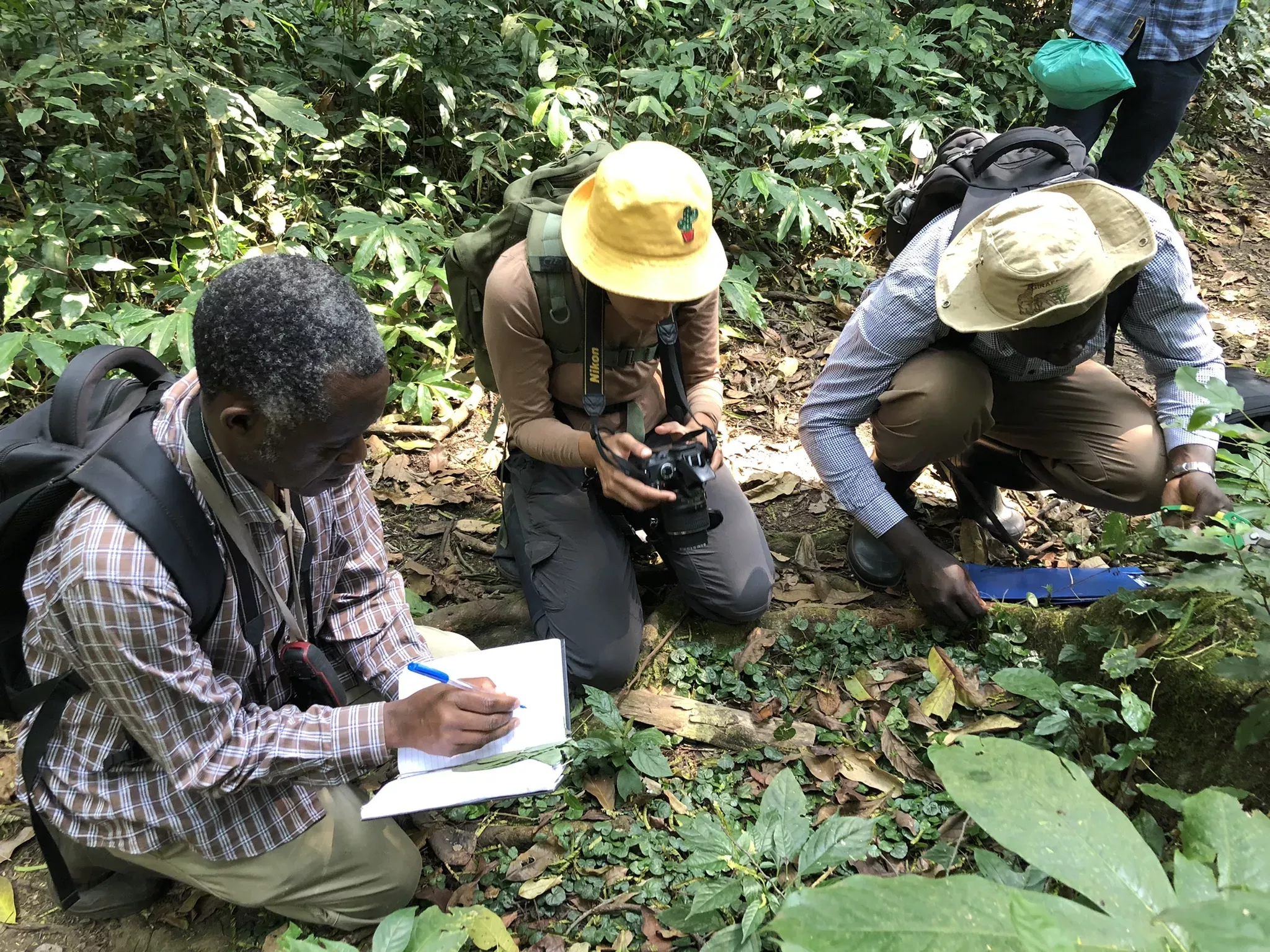
Turning fieldwork into action
Important Plant Areas (IPAs) are the most critical places in the world for wild plant and fungal diversity that can be protected and managed as specific sites.
Within the Tropical Important Plant Areas programme at Kew we are working with partners at Makerere University to identify IPAs, with the ultimate aim of promoting the conservation of plants within these priority sites. Semuliki, Itwara, Kalinzu and Kasyoha-Kitomi have all been proposed as IPAs within this project. It is important for us to work with stakeholders and experts in Uganda for these sites to be fully designated as IPAs, ensuring that we’re recognising the right sites and that their plant diversity is documented comprehensively.
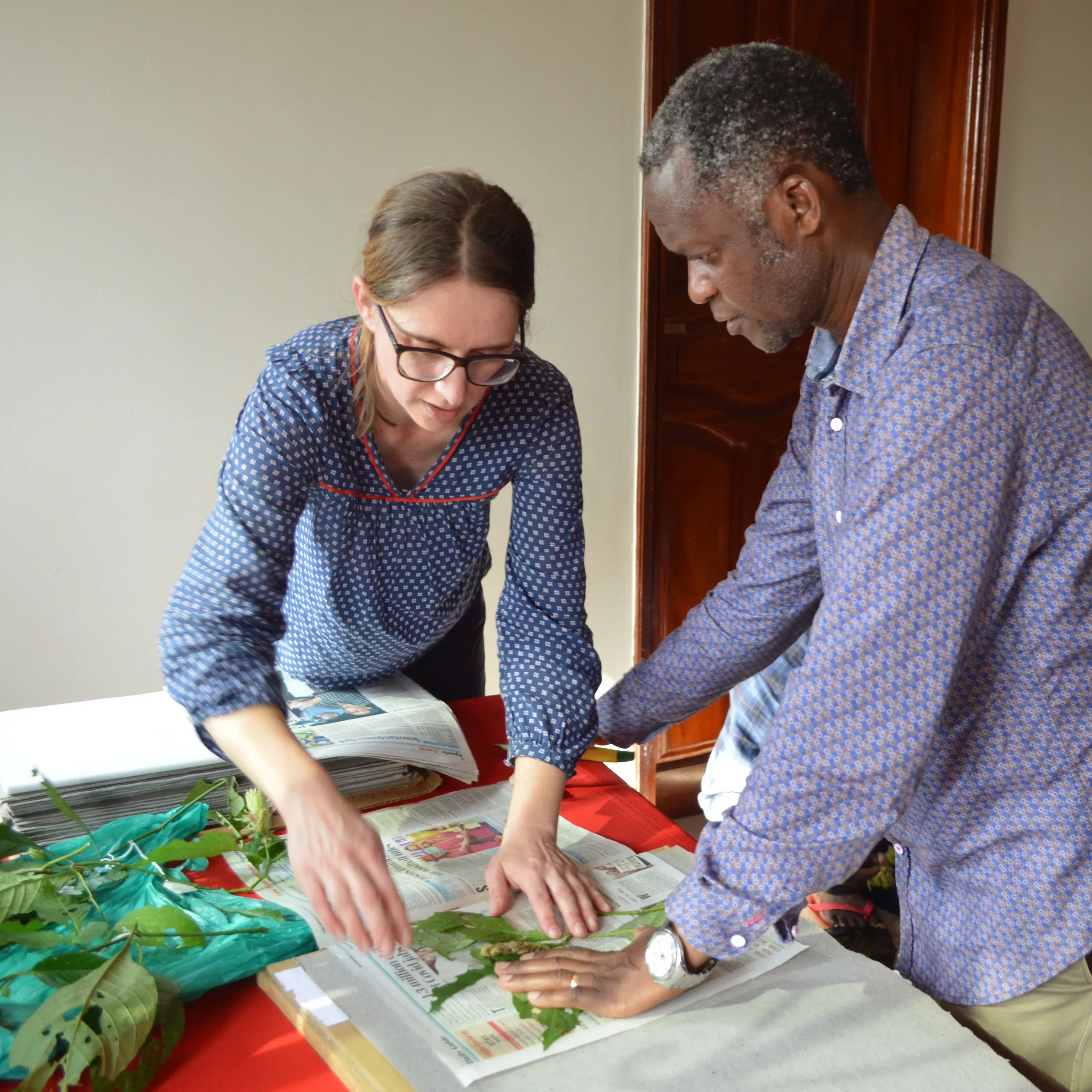
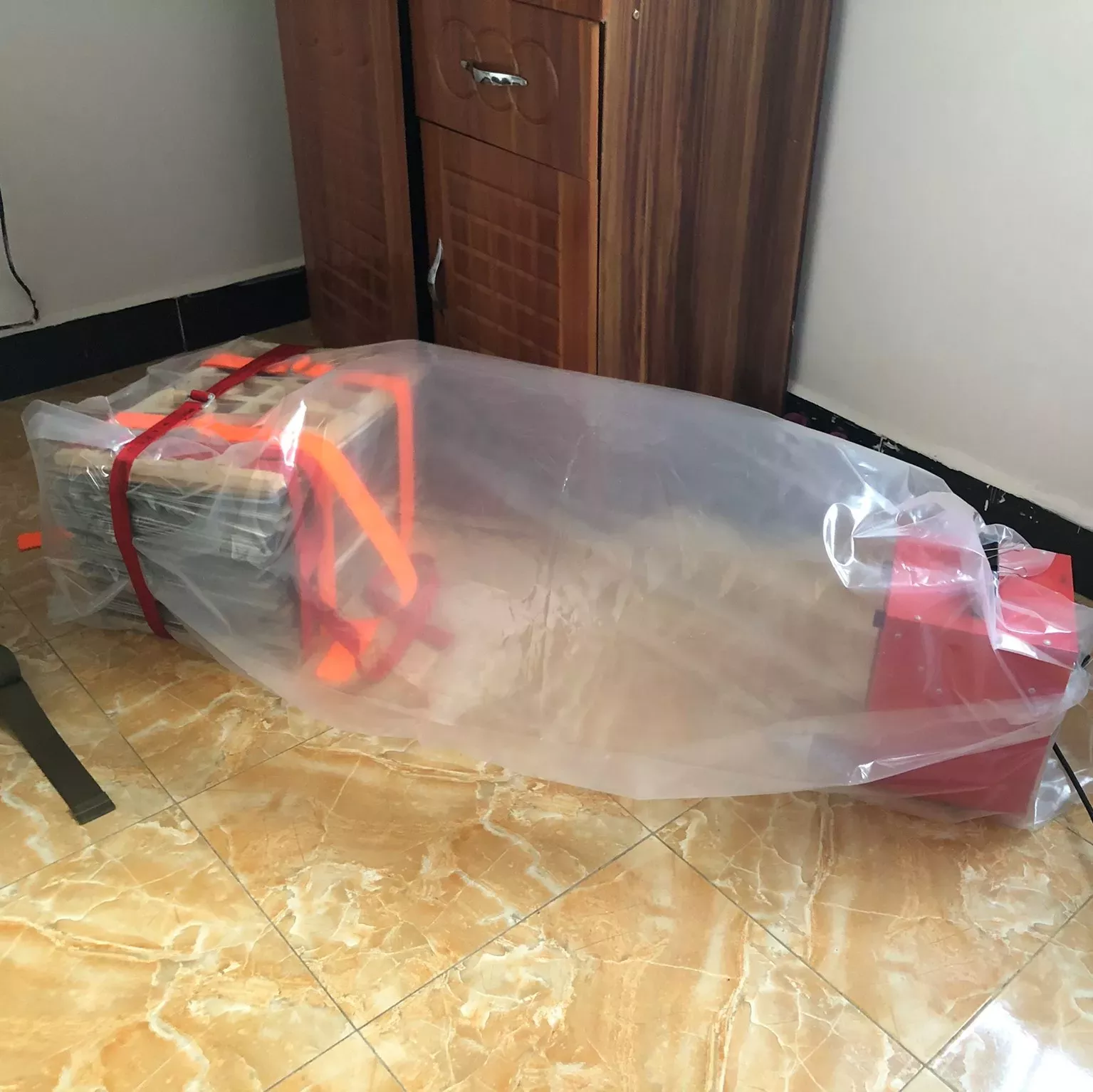
With our collections and observations, we have increased our understanding of plants of conservation importance. For instance, at Kalinzu and Kasyoha-Kitomi we made collections of the Vulnerable tree species Musanga leo-errerae and Zanthoxylum mildbraedii, both of which have restricted distributions and are threatened by habitat loss.
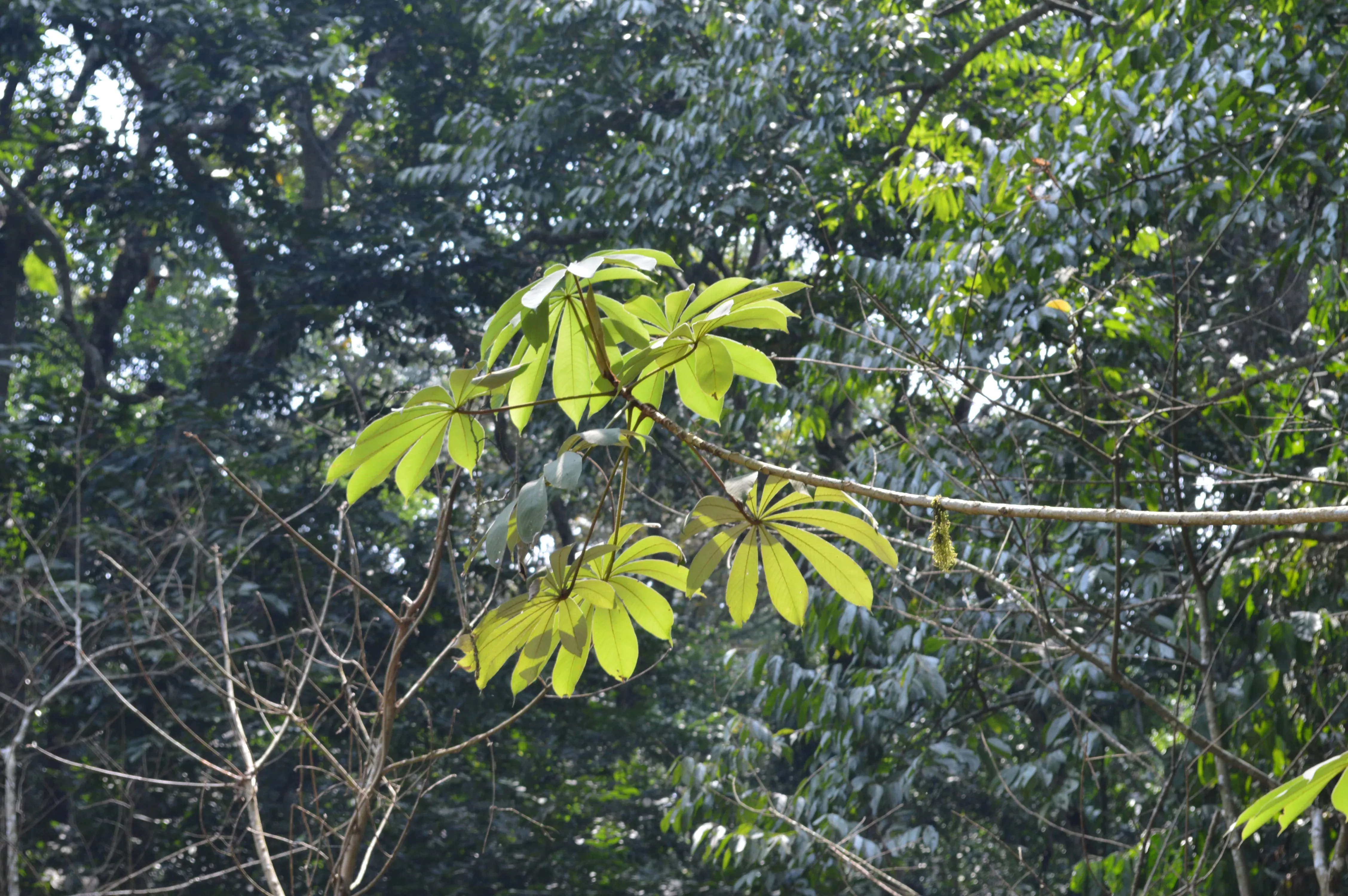
Monitoring these species through time is important as it allows for appropriate conservation action to follow. We can also use IPA documentation to create awareness about the wellbeing of these species at each site and to recommend actions for their protection.
Alongside this, there is the exciting possibility of new records for species at a site and even species that are completely new to science.
With some of the forests visited previously receiving extensive surveys only for the tree species present, and all of these sites initially established to manage timber resources, the herbaceous and shrubby species in the forest understorey, like those pictured in above, were of particular interest to us. Kew and Makerere will work over the coming months to identify these species from the collections made.
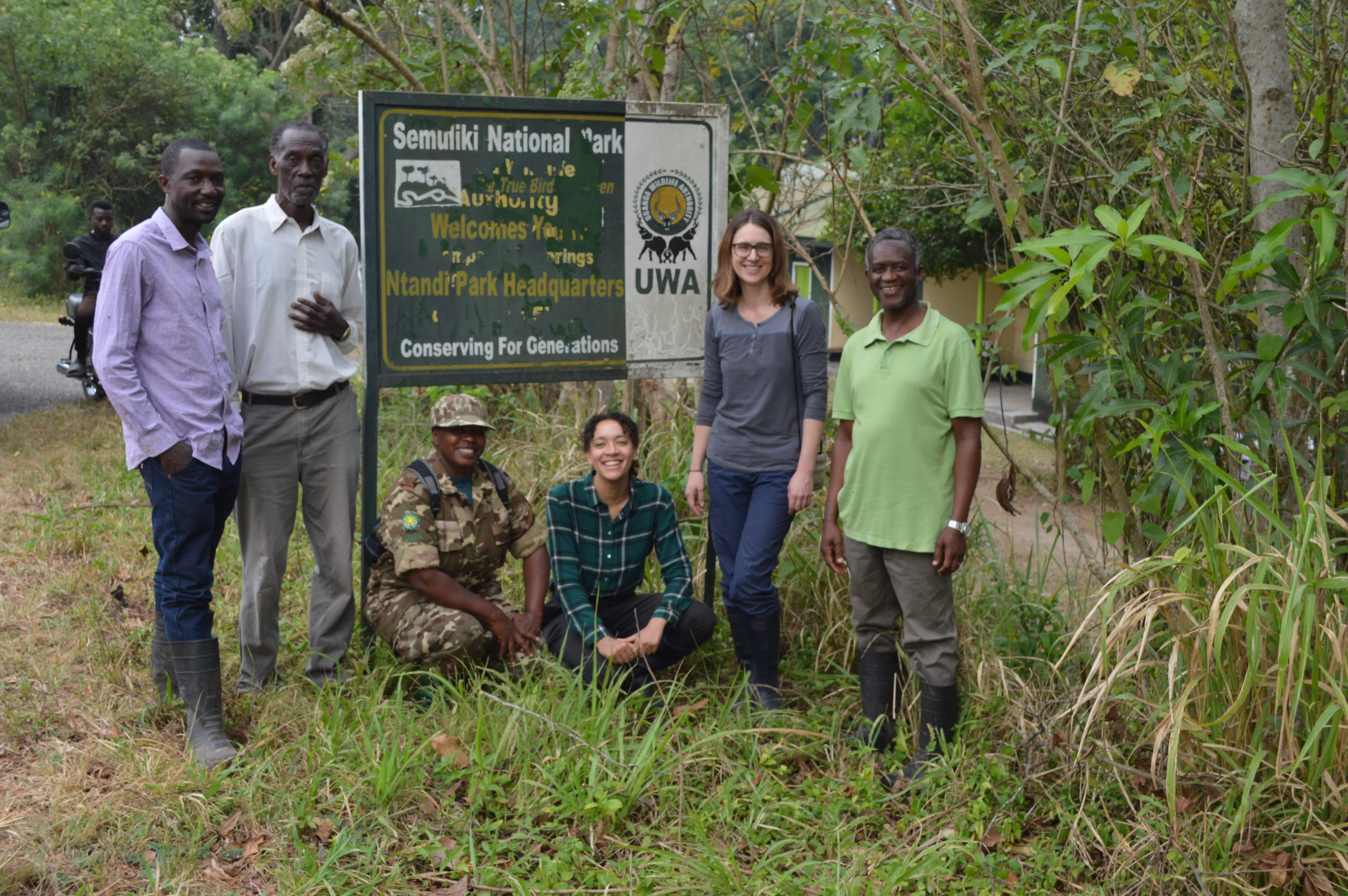
Planning the future
Some of the species collected will trigger Important Plant Areas through meeting IPA criteria, for example if they are known to be threatened with extinction. TIPAs projects in other countries have previously been successful in guiding and motivating conservation of plant species and their habitats. In Guinea for example, IPAs have led to the establishment of 22 new protected areas, while the data collected through the Cameroon TIPAs project supported a successful bid to revoke a logging concession granted in the highly diverse Ebo Forest. It is our hope that the identification of IPAs will support similar conservation actions in Uganda.
To achieve this requires the sharing of knowledge and experience from experts of different disciplines and backgrounds, which we set out to do alongside this phase of field surveys. In part two of this story, we share our experiences from a national plant conservation workshop we co-hosted at Makerere University, Kampala, where we worked with in-country researchers and practitioners in botany and conservation to help us identify Uganda’s IPAs.
Acknowledgements
We would like to thank our funders the players of the People’s Postcode Lottery, the Woodspring Trust and the P.F. Charitable Trust.


